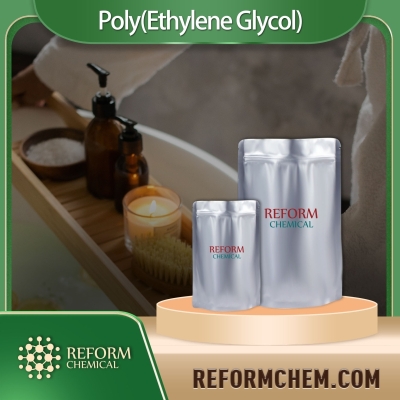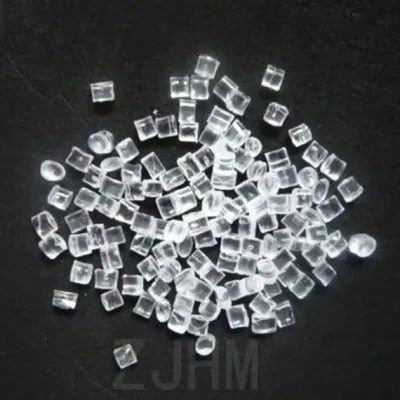-
Categories
-
Pharmaceutical Intermediates
-
Active Pharmaceutical Ingredients
-
Food Additives
- Industrial Coatings
- Agrochemicals
- Dyes and Pigments
- Surfactant
- Flavors and Fragrances
- Chemical Reagents
- Catalyst and Auxiliary
- Natural Products
- Inorganic Chemistry
-
Organic Chemistry
-
Biochemical Engineering
- Analytical Chemistry
-
Cosmetic Ingredient
- Water Treatment Chemical
-
Pharmaceutical Intermediates
Promotion
ECHEMI Mall
Wholesale
Weekly Price
Exhibition
News
-
Trade Service
The automotive solar cells commonly used in the market are not only bulky, but also unable to provide enough power for the car, which greatly limits the potential
of solar energy to "play a role" in the automotive field.
Recently, Dutch scientists have developed a hydrogen-fueled solar cell, using a grid of gallium phosphide nanowires, using solar energy to split water into hydrogen and oxygen, and the resulting hydrogen fuel cell can power cars
.
This marks another big step
forward for solar cars.
The solar cells made of this nanowire grid do not directly power the car, but use solar energy to split water into hydrogen and oxygen to generate a fuel cell, and when the hydrogen and oxygen in the fuel cell become water again, it releases energy, which is then converted into electricity to power the car
.
The technology promises to provide a more environmentally friendly alternative to traditional fossil fuels, which they named "solar fuel.
"
In the new technology, the amount of expensive semiconductor material gallium phosphide is only one-ten-thousandth of the amount used in traditional solar panels, making such solar panels cheaper; In addition, the new method splitting water to produce hydrogen and oxygen is 10 times more efficient, perhaps allowing solar energy to be "stored" like hydrogen and oxygen
.
But the researchers also say that although the new technology converts 2.
9% of water into hydrogen, it still has a long way to go
to meet the current goal of 15% conversion rate for solar cells.
The automotive solar cells commonly used in the market are not only bulky, but also unable to provide enough power for the car, which greatly limits the potential
of solar energy to "play a role" in the automotive field.
Recently, Dutch scientists have developed a hydrogen-fueled solar cell, using a grid of gallium phosphide nanowires, using solar energy to split water into hydrogen and oxygen, and the resulting hydrogen fuel cell can power cars
.
This marks another big step
forward for solar cars.
The solar cells made of this nanowire grid do not directly power the car, but use solar energy to split water into hydrogen and oxygen to generate a fuel cell, and when the hydrogen and oxygen in the fuel cell become water again, it releases energy, which is then converted into electricity to power the car
.
The technology promises to provide a more environmentally friendly alternative to traditional fossil fuels, which they named "solar fuel.
"
In the new technology, the amount of expensive semiconductor material gallium phosphide is only one-ten-thousandth of the amount used in traditional solar panels, making such solar panels cheaper; In addition, the new method splitting water to produce hydrogen and oxygen is 10 times more efficient, perhaps allowing solar energy to be "stored" like hydrogen and oxygen
.
But the researchers also say that although the new technology converts 2.
9% of water into hydrogen, it still has a long way to go
to meet the current goal of 15% conversion rate for solar cells.







